By Alex Trukan
Position of a winger has primary importance in the attacking strategy of many teams. Initially, their responsibilities were based around winning duels on the wings as well as delivering crosses into the box. However, that has evolved over the last years and now being a winger requires more versatile abilities and intelligence off the ball. Modern winger became a player that can be classed as a second striker or even a playmaker. That has happened due to evolving position of the full back which now started to occupy more attacking positions and spaces that used to be only utilised by traditional wingers. Evolution of a winger’s position has been also a response to increasingly better organised defences and changes in the role of a striker.
Once full backs started to be increasingly involved in the attacking on the opposition’s half, wingers started to move into more central positions in order to enable overlaps to happen. That has placed additional demands on them to be a ‘playmaker’ and link play with other midfielders and strikers. Having wingers cutting inside opened up possibilities to create a different angle for the strikers to run at and receive through ball as well as created more space for the midfielders who will be now less occupied by the opposition players. It has also started a trend to play ‘wrong footed’ wingers.
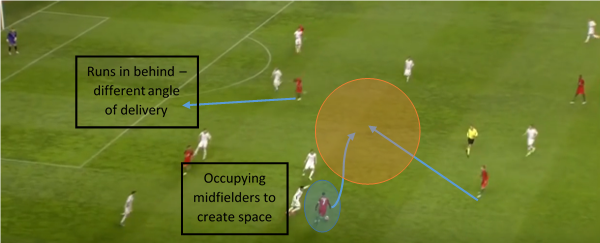
In addition to driving with the ball into central areas, winger can also have his starting position centrally to then receive the ball. The key space is the area between the opposition’s defence and midfield units and between opposition’s full back and centre back. Body position to play forwards it the technical detail to focus on.
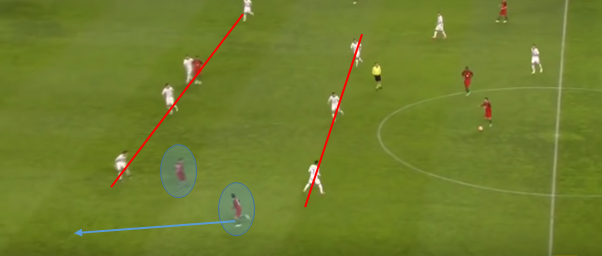
Another role of the winger might be to cut inside when the ball is on the opposite side of the pitch. That will create an opportunity to support a striker (or be a lone striker if he is not in the box) and be a finisher. The run should start on the ‘weak’ side of the opposition’s centre back/full back and curve to arrive in the key area between the back line and the goalkeeper.
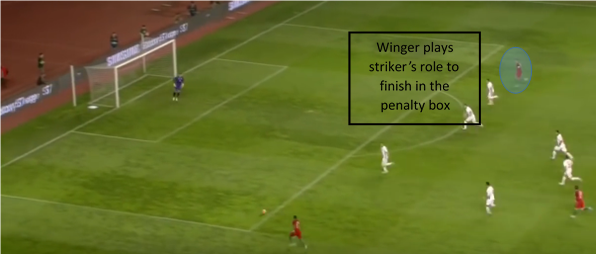
Another key area for the winger to be positioned in, is the ‘zone 14’. This is the space that is normally occupied by the striker but having a winger in it instead, gives an opportunity for the striker to go and support wing play, make forward runs into the penalty box or create an overload in midfield.
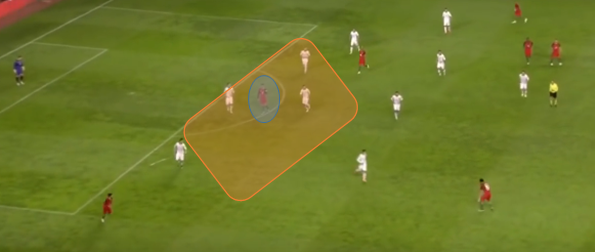
[wpsharely id="2988"][/wpsharely]
Positioning in the central areas in the early phases of the attack gives a winger an opportunity to make runs in behind the opposition’s back line. That does not necessarily mean that the ball will be played to him. Instead of that, this type of movement creates space for the full back (opposition back line will drop back) as well as midfielders to receive.
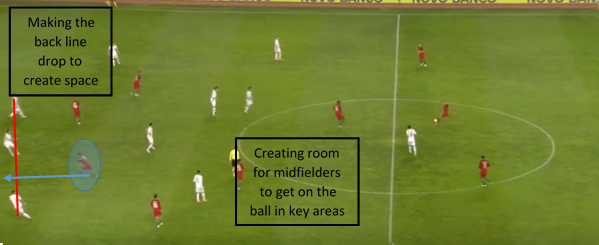
Having a winger making a run in behind the opposition’s back line instead of a central midfielder will usually (not always) mean that a run is made quicker as well as more players who are better ‘playmakers’ will remain in central areas (central midfielders not making forward runs).
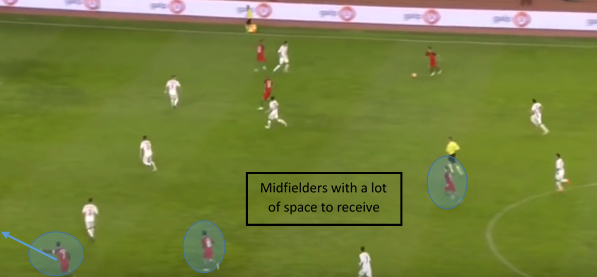
All of the above mentioned changes in how winger’s position might look like, changes the way we should develop players at younger ages. As we can see, modern winger has to be able to execute elements of midfielder’s and striker’s craft. That will mean positioning players in different positions and being flexible in the formation might be the way forwards.
By Alex Trukan, Development Coach, Nottingham Forest
@AlexTrukan


